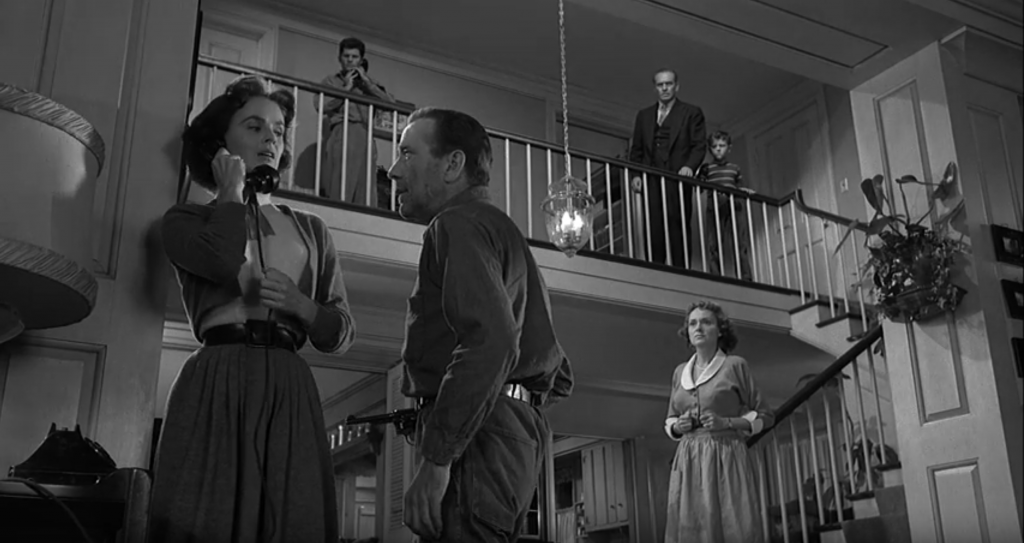noun
a piece of narration in a film or broadcast, not accompanied by an image of the speaker.
“the budget is summarized in a voice-over at the end of the news”
(definition from oxford languages)
noun
a piece of narration in a film or broadcast, not accompanied by an image of the speaker.
“the budget is summarized in a voice-over at the end of the news”
(definition from oxford languages)
noun
a recurrent theme throughout a musical or literary composition, associated with a particular person, idea, or situation.
“there are two leitmotifs in his score marking the heroine and her Fairy Godmother”
(definition from ‘Oxford Languages’)
What is a foley artist?
A Foley artist is a person who re-creates sounds for film, video, and other media in post-production to enhance audio quality.
(source – studiobinder.com)
What are examples of sounds a foley artist would have to create?
everyday sounds like footsteps, doors opening and closing, wind blowing, glass breaking, and other ambient noise
(source – masterclass.com)
SYNCHRONOUS:
Synchronous sound represents the matching of sound to the movements that are taking place on the screen. For example, if you see a person moving across the screen, perhaps walking in water, then you might hear footsteps and you could also hear splashes as each step is taken.
ASYNCHRONOUS:
Unlike synchronous sound, asynchronous sounds in film do not necessarily correspond with what you see on the film screen. Asynchronous sounds in film can still add value to the action being performed, but it’s likely an action that already took place (such as a previous sound) or the sound of an action that is about to occur on the screen.
(source – beverlyboy.com)
What is the definition of diegetic/non-diegetic sound in film?
Diegetic elements are part of the fictional world (“part of the story”), as opposed to non-diegetic elements which are stylistic elements of how the narrator tells the story (“part of the storytelling”)
(source – Wikipedia)
What is a needle drop in film?
the use of an existing recording rather than an original score in a film.
(source – Wikipedia)
Element: Sound
Rating: 8/10
Memorable Scene: Lou leaving Ruben alone, and making him promise he will go to ‘that place’.
The New York Times (nytimes.com) – ‘sound editing is about collecting the sounds needed for a film. Sound mixing refers to what is done after they are collected’
It is left to the sound editors to put in other noise to complement the spoken words. This could be ambient sound, like an air-conditioner or the approach of a distant train. In the case of “Star Wars: The Last Jedi,” this would mean the sound of Luke’s lightsaber in conjunction with the rustle of trees on Ahch-To, among many other sounds.
Sound mixing then refers to the postproduction after sounds are already inserted. The most essential goal is to meld the sounds seamlessly with the recorded dialogue. It could mean making that train actually seem distant or adding reverb to a bird’s squawk to create tension in a scene. It also includes matching the audio levels of dialogue recorded at different times.

‘dictionary.com’ defines ‘edit’ as “to prepare (motion-picture film, video, or magnetic tape) by deleting, arranging, and splicing, by synchronizing the sound record with the film, etc.”
ONE POINT PERSPECTIVE:
One-point perspective is a way of crafting cinematic shots with near-perfect symmetry. The composition of these shots draws the viewer’s eye to a specific focal point within the frame, absorbing them into the dimension of the shot and manipulating the experience by telling them exactly where to look (‘Filmmaker’s handbook via the-take.com)

SYMMETRY:
the quality of being made up of exactly similar parts facing each other or around an axis (google definition via Oxford Languages)

DEEP FOCUS:
Deep focus is a photographic and cinematographic technique using a large depth of field (wikipedia definition)

STEADICAM TRACKING SHOTS:
A Steadicam shot uses a Steadicam, which is a camera stabilizer that combines the stability of a tripod, flexibility of a handheld camera, and the movement capability of a dolly. Steadicams absorb shake by mechanically isolating the operator’s movement as to always produce smooth tracking shots. A Steadicam Operator wears a vest that is attached to the camera rig. This makes the camera nearly weightless and easily controllable. It can get these smooth shots in any direction — around corners, up and down stairways, and even on bumpy roads (studio binder definition)
